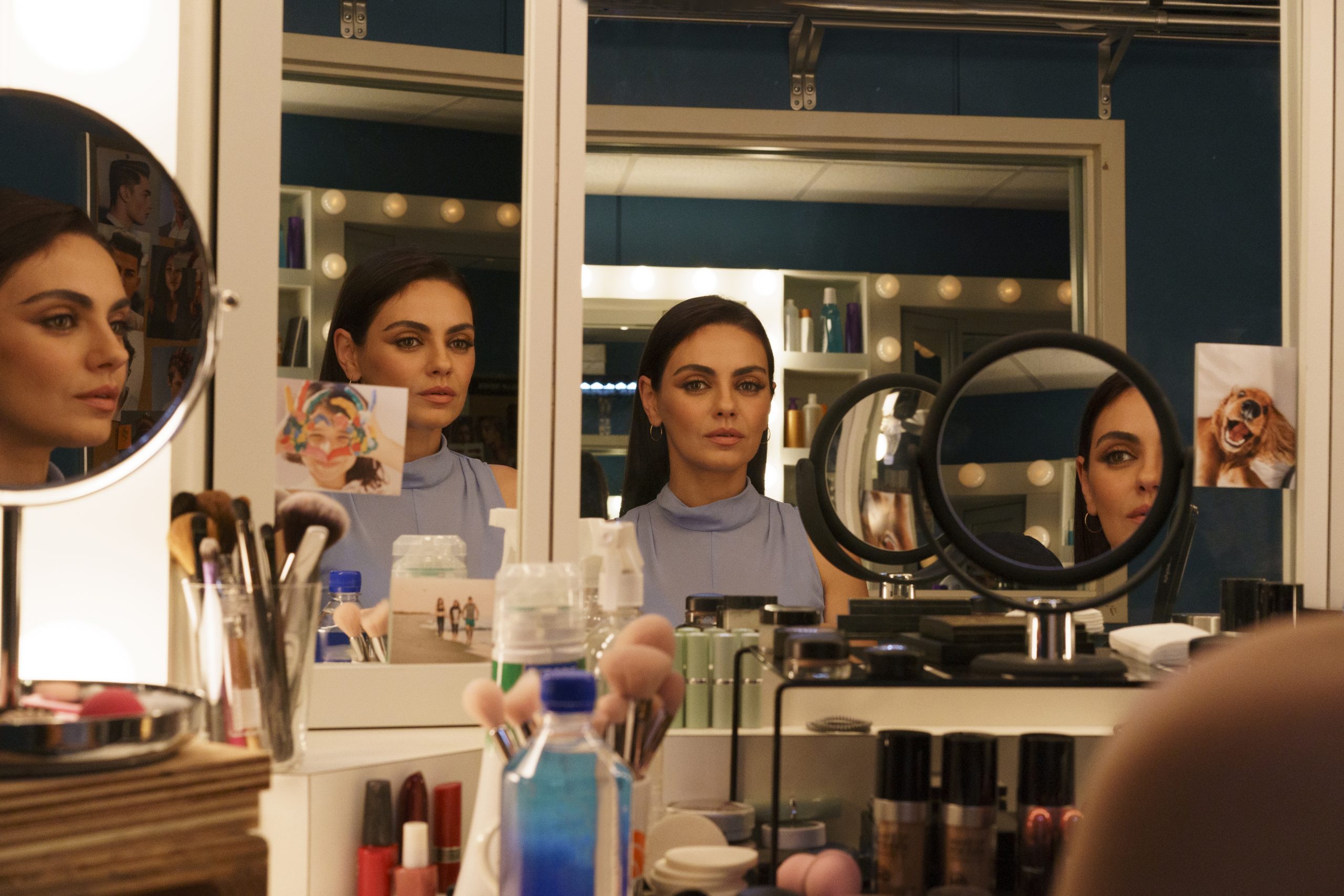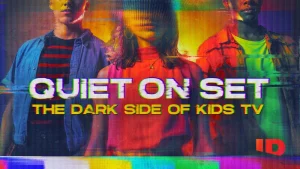Review: ‘Luckiest Girl Alive’ fails to convey the gravity of life-altering trauma
Review: Review: ‘Luckiest Girl Alive’ fails to convey reality

Disclaimer: The following article contains references to eating disorders, gun violence, and sexual assault. Reader discretion is advised.
Luckiest Girl Alive is a lot.
It attempts to tackle two major topics, rape and school shootings, in just under two hours, and it feels as though the film is trying to touch on as many hot-button issues as it can within that time period. Its incredibly dark themes are undermined by less-than-realistic responses to trauma, one-dimensional characters, and a few too many voice-overs. And as sexy as Mila Kunis’ voice is, yes, it was too many. Sorry.

The Netflix original follows protagonist Ani (played by Kunis) as she lives what is supposed to be the perfect life – New York City writer with the glossy hair and white bread lacrosse-playing Colgate-grad fiance. Quickly it is revealed, however, that the life Ani has created is a fortress in which she hides from a past far more imperfect than the present in which we meet her.
We find out that Ani survived a shooting in her elite private school, and that her rapists framed her as having conspired in the violence.
Ani was gang-raped at a party, and the perpetrator that survives the shooting spreads the rumor that Ani helped plan it, framing her as troubled and silencing her from reporting the rape. Years later, Ani is forced to reconcile with the past she tried so desperately to bury when a documentary reporter reaches out to her about a project centered on the shooting.
After turning the reporter down multiple times, Ani eventually concedes, does the interview, comes face-to-face with her rapist, walks out of said interview, and realizes she will only ever be free of her trauma by publishing her side of the story.
All the while, Ani is planning her wedding while her fiance is encouraging her to “move on” and not unearth the memories she claims to have laid to rest, despite obvious signs that the girl is not OK.
We learn that Ani’s relationship with her mother is also quite unhealthy. In one of the many flashbacks, she slut-shames her daughter when she learns about the rape. She also ignores Ani’s present-day distress and PTSD for the sake of both their reputations as they gather with Ani’s soon-to-be inlaws. An eating disorder is also alluded to at some point in there, but is never fully addressed.
Like I said, it’s a lot.

Contrary to what she wants the world to think, Ani’s life is a mess. And apparently, what is supposed to have solved all of it was her publishing her account of her highly disturbing experiences to The New York Times.
The film takes on too much. It’s a bunch of very serious topics represented poorly and breezed over when they really should not have been. The movie was doing exactly what it was saying not to do: that is, brush traumatic experiences under the rug or dilute them in an attempt to feel better.
The cure for PTSD is therapy, not becoming skinny. We never even really see the adult Ani cry, she just goes to CrossFit and calls it an outlet. Ultimately, there are some things you can’t just girlboss your way out of.
It is dangerous to popularize the rhetoric that getting over something as traumatizing as rape or a shooting is as simple as some fitness classes and telling the world what happened to you. The message seemed to be “tell everyone what happened, and you’ll feel better.” Luckiest Girl Alive tied Ani’s trauma up in a little bow and called her problems solved, when recovery is often a far messier and uglier process. And while recovery is highly subjective, Ani’s came across as a little too tidy and sets a bad example for survivors of very real issues in today’s society.





